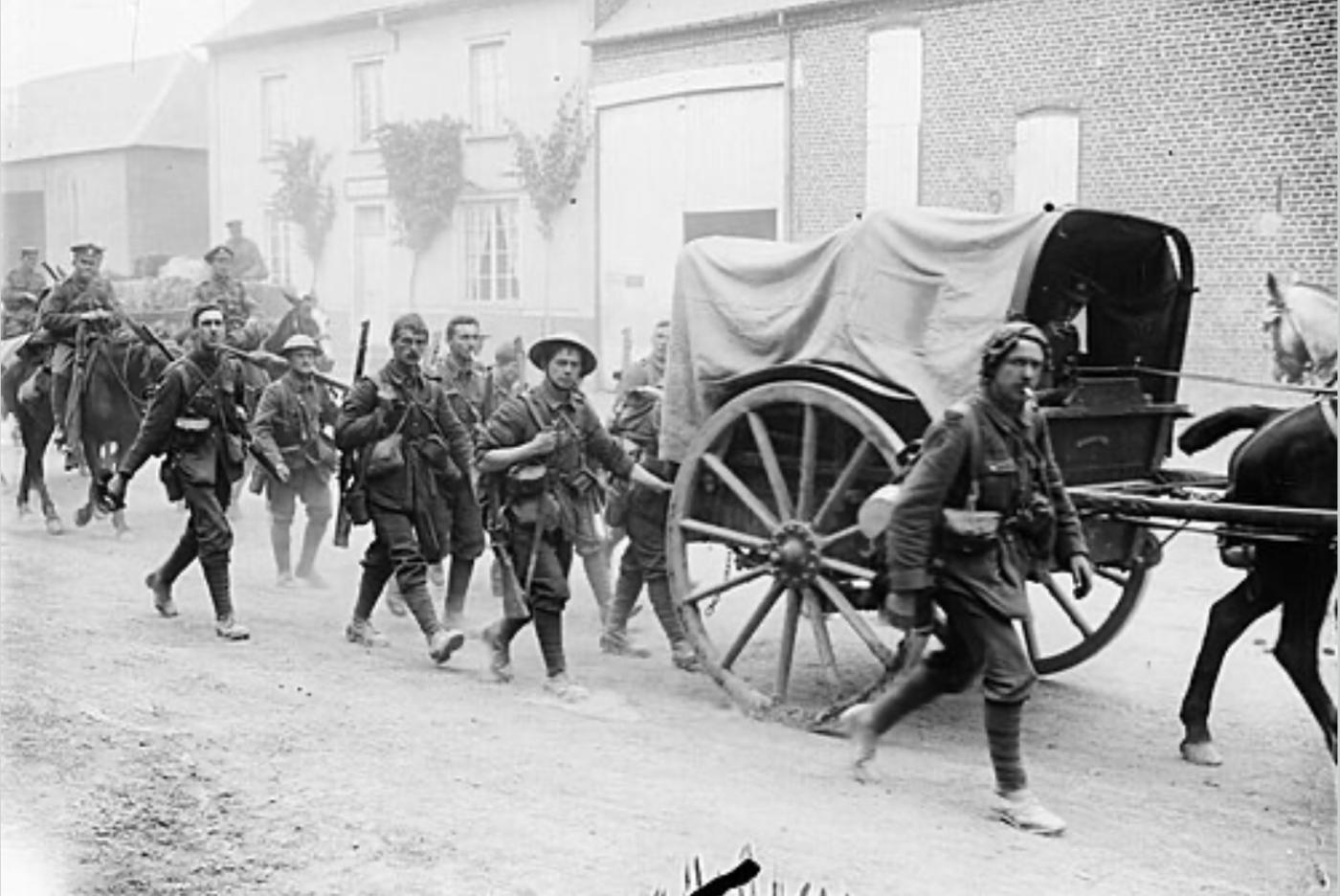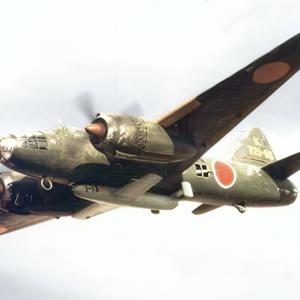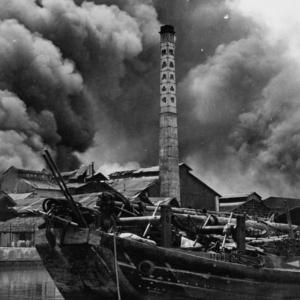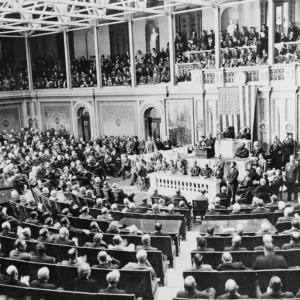
Pals Battalions
When the First World War broke out in 1914, the British Army faced a monumental challenge: how to rapidly expand its small peacetime force into a vast army capable of confronting the Central Powers. In response, Secretary of State for War Lord Kitchener launched a massive recruitment campaign. One of the most emotionally appealing and ultimately tragic innovations of this campaign was the creation of the "Pals Battalions"—units made up of men who enlisted together from the same towns, villages, schools, workplaces, and social clubs. The idea was simple and compelling: if men knew they could fight alongside their friends, family members, neighbors, and co-workers, they would be more willing to join the war effort.
The recruitment slogan for Pals Battalions promised, “Join together, serve together.” And it worked. Entire communities across Britain rallied to the cause. In cities like Manchester, Liverpool, Leeds, Birmingham, and Sheffield, local authorities and employers organized battalions composed entirely of local men. Even small towns and villages formed their own units. These battalions fostered a powerful sense of unity, camaraderie, and morale. However, while this approach succeeded in bolstering enlistment figures, it had catastrophic consequences once the men were deployed to the Western Front.
Pals Battalions were formed as part of Kitchener’s New Army. The first official Pals Battalion, the Grimsby Chums, was created in September 1914. Within weeks, dozens more were established. One of the most well-known examples was the Accrington Pals, made up of men from Accrington and the surrounding Lancashire area. Similarly, the Sheffield City Battalion recruited office clerks, teachers, and shopkeepers, while the Leeds Pals drew heavily from the middle classes.
Many of these men had never left their hometowns, let alone experienced military life. The battalions trained together, ate together, and forged bonds that were akin to family. This strong social cohesion was believed to be a military advantage; it would increase discipline, trust, and fighting spirit. In many cases, battalions were even led by officers who were known and respected in their communities. But this very closeness would become the source of immense communal suffering.
The Pals Battalions were first deployed to the Western Front in 1915, but their most harrowing experience came during the Battle of the Somme in July 1916. On the first day of the battle alone—July 1, 1916—Britain suffered nearly 60,000 casualties, including over 19,000 killed. Pals Battalions were among those sent "over the top" that morning. Their role was to assault heavily fortified German positions across no man's land. Tragically, many units were mown down within minutes.
The Accrington Pals, for instance, suffered devastating losses: of the 700 men who went into battle on the first day of the Somme, more than 580 were killed, wounded, or missing within half an hour. Similarly, the Leeds Pals and the Sheffield City Battalion faced enormous casualties. Since these units were composed entirely of men from the same communities, the aftermath of the battle was felt with shattering intensity back home. In some towns, nearly every family lost a father, son, brother, or friend.
The concept that had initially inspired pride and enthusiasm—men going to war with their “pals”—now led to entire communities being devastated in a single day. Villages were left without a generation of men. Mothers lost all their sons. Churches mourned dozens of parishioners at once. The emotional and psychological impact was long-lasting and profound, altering the social fabric of towns across Britain.
The horror experienced by the Pals Battalions brought about a reevaluation of military recruitment and tactics. By 1917, as the war dragged on and casualty rates soared, the British government introduced conscription, and the idea of locally concentrated battalions was phased out. Never again would the British Army allow entire communities to serve together in the same way, precisely because of the catastrophic losses that could—and did—follow.
Today, the Pals Battalions are remembered with a mixture of pride and sorrow. Their story is one of extraordinary courage and loyalty, but also one of unspeakable grief. Memorials across Britain—especially in the north—stand in tribute to their sacrifice. The Battle of the Somme and the annihilation of the Pals Battalions remain stark reminders of the human cost of war, and how patriotic enthusiasm and idealism were met with the brutal reality of industrialized conflict.
The Pals Battalions offer one of the most poignant lessons of World War I: that war affects not just soldiers, but the entire communities they come from. Their legacy is a testament to the bravery of ordinary men who stepped forward together—and a solemn reminder of the price they paid.










